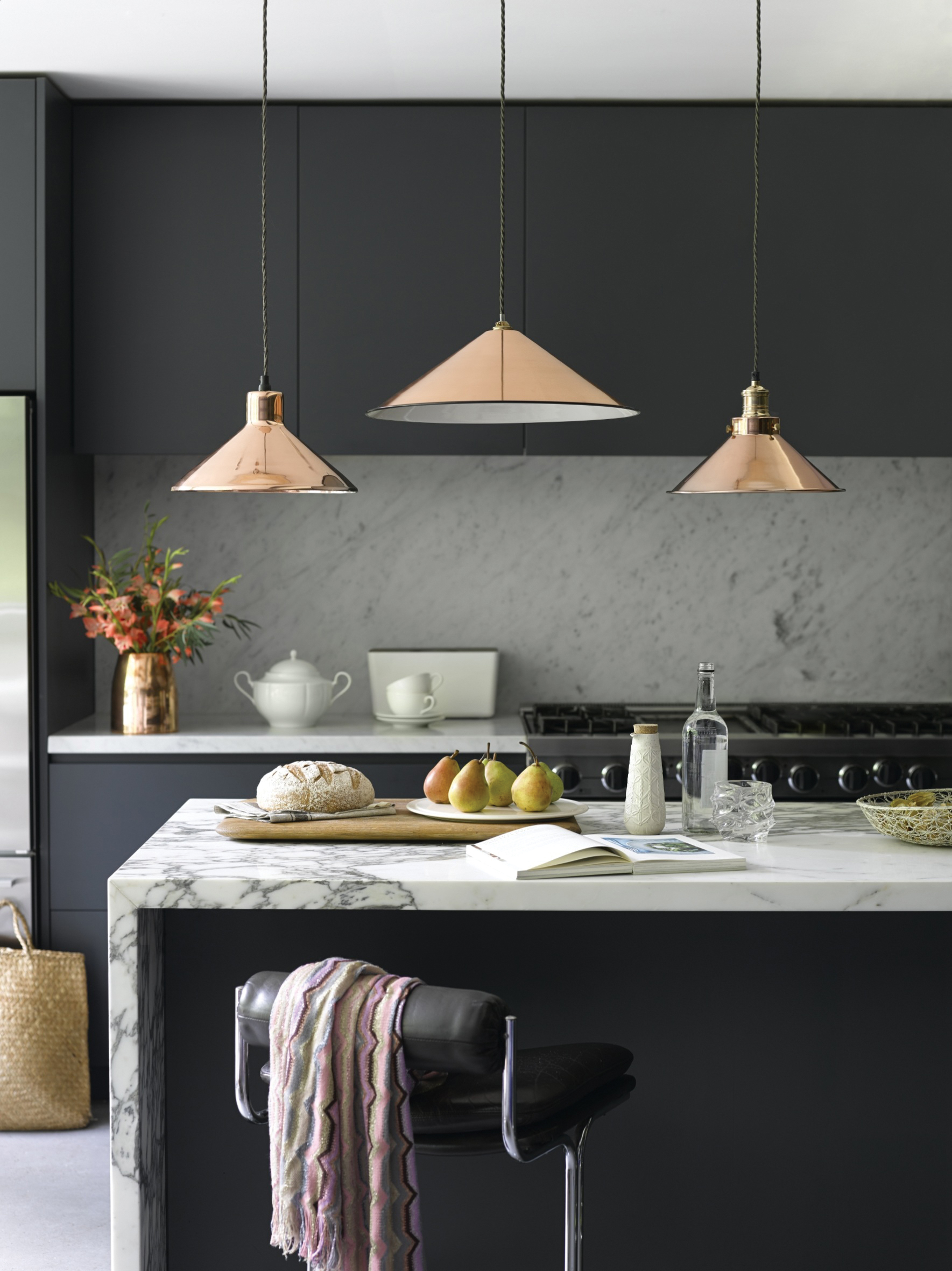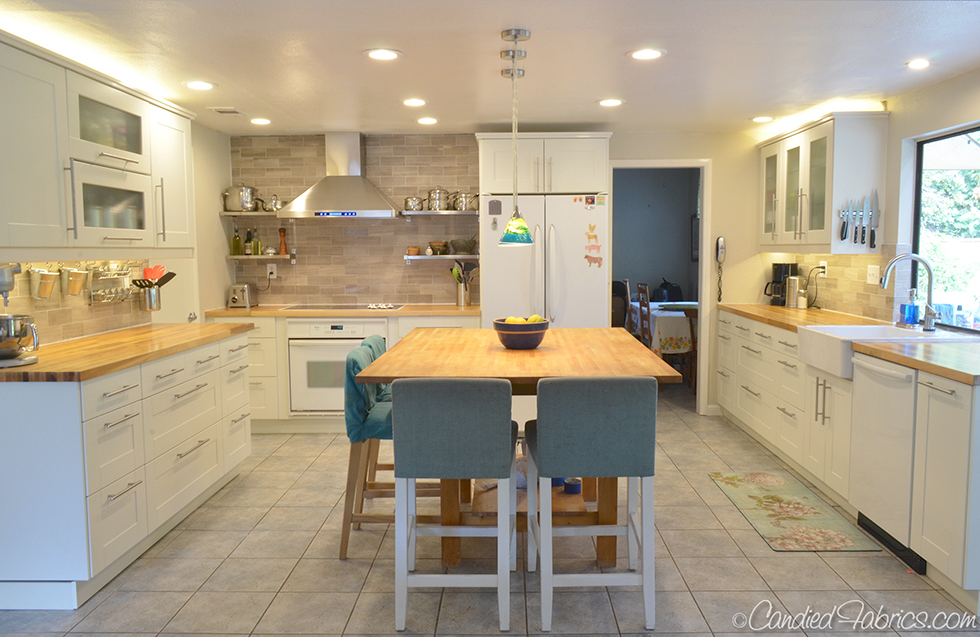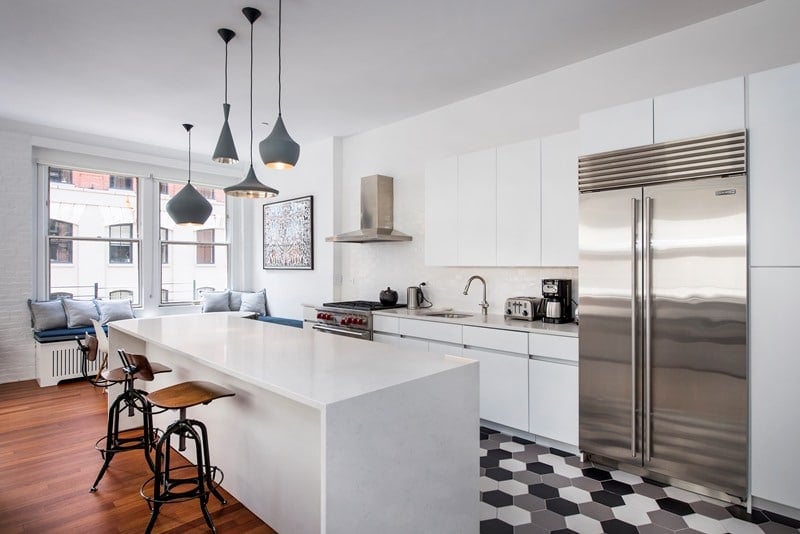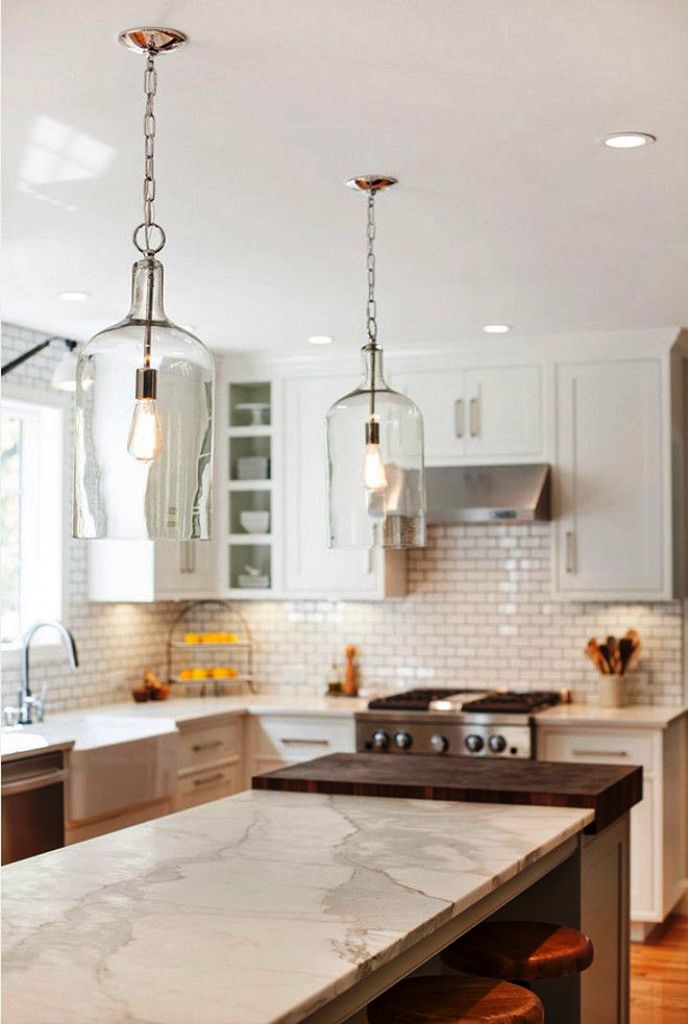Optimizing Small Kitchen Lighting Layout
Lighting plays a crucial role in the functionality and aesthetics of any kitchen, but it’s especially important in small kitchens where space is limited. A well-planned lighting layout can enhance the perception of space, improve visibility, and create a welcoming ambiance. When designing a lighting layout for a small kitchen, it’s essential to consider various factors such as task lighting, ambient lighting, and accent lighting to achieve a balanced and functional space.

Task Lighting for Functionality
Task lighting is essential for illuminating specific work areas in the kitchen where tasks such as food preparation, cooking, and cleaning take place. In a small kitchen, task lighting should be strategically placed to provide adequate illumination without overwhelming the space. Under-cabinet lighting is an excellent choice for small kitchens as it illuminates countertops and work surfaces, making it easier to chop vegetables, read recipes, and perform other tasks.
Additionally, installing recessed lighting or track lighting above key work areas such as the sink, stove, and food preparation areas can provide focused illumination where it’s needed most. Adjustable fixtures allow for flexibility in directing light precisely where it’s needed, minimizing shadows and glare. Task lighting should be bright enough to ensure safety and efficiency in the kitchen while also complementing the overall design aesthetic.

Ambient Lighting for Overall Illumination
Ambient lighting serves as the primary source of illumination in the kitchen, providing general light to the entire space. In small kitchens, ambient lighting helps create a sense of brightness and openness, making the room feel larger and more inviting. Ceiling-mounted fixtures such as flush-mount or semi-flush-mount lights are ideal for small kitchens as they provide uniform illumination without taking up valuable space.
To enhance the ambient lighting in a small kitchen, consider installing dimmer switches to adjust the brightness level according to the time of day and mood. Dimmable LED bulbs are energy-efficient and offer versatility in lighting control, allowing homeowners to customize the ambiance to suit various activities and occasions. Additionally, pendant lights or chandeliers can add visual interest and style to the kitchen while providing ambient illumination.

Accent Lighting for Visual Interest
Accent lighting adds depth, dimension, and visual interest to the kitchen by highlighting architectural features, decorative elements, and focal points. In small kitchens, accent lighting can be used strategically to draw attention away from the size limitations and create a focal point that anchors the space. For example, installing recessed lighting above open shelving or artwork can showcase decorative items and add a touch of drama to the kitchen.
Under-cabinet lighting can also double as accent lighting by highlighting backsplashes or adding a soft glow to the space. LED strip lights or puck lights can be installed discreetly beneath cabinets or along toe kicks to create a warm and inviting ambiance. By incorporating accent lighting into the small kitchen lighting layout, homeowners can add personality and character to the space while enhancing its visual appeal.

Maximizing Natural Light
In small kitchens, maximizing natural light is essential for creating a bright and airy atmosphere. Where possible, take advantage of windows, skylights, and glass doors to flood the space with natural light during the day. Keep window treatments minimal or opt for sheer curtains to allow plenty of sunlight to filter into the kitchen.
To enhance the effect of natural light, consider using reflective surfaces such as glossy cabinets, mirrored backsplashes, or stainless steel appliances to bounce light around the room. Additionally, strategically placing mirrors opposite windows can amplify the natural light and create the illusion of a larger space. By combining natural light with artificial lighting sources, homeowners can create a well-lit and inviting environment in their small kitchen.

Common Mistakes to Avoid
Insufficient Lighting: One common mistake is not providing enough lighting in a small kitchen, which can make the space feel dark and cramped. It’s essential to layer different types of lighting to ensure adequate illumination for various tasks and activities.
Overlooking Dimmer Switches: Neglecting to install dimmer switches can limit the versatility of the lighting in a small kitchen. Dimmers allow homeowners to adjust the brightness level according to their needs and preferences, creating a more comfortable and customizable environment.
Ignoring Natural Light: Failing to maximize natural light can result in a small kitchen feeling gloomy and unwelcoming. It’s important to make the most of windows, skylights, and glass doors to bring in as much natural light as possible and create a bright and airy atmosphere.
Neglecting Accent Lighting: Overlooking accent lighting can result in a lack of visual interest and personality in a small kitchen. Incorporating accent lighting can highlight architectural features, decorative elements, and focal points, adding depth and dimension to the space.
 How many types of lighting should I incorporate into my small kitchen?
How many types of lighting should I incorporate into my small kitchen?
Ideally, you should incorporate three types of lighting into your small kitchen: task lighting for functionality, ambient lighting for overall illumination, and accent lighting for visual interest.
What is the best type of lighting for illuminating countertops and work surfaces in a small kitchen?
Under-cabinet lighting is the best choice for illuminating countertops and work surfaces in a small kitchen as it provides focused illumination where it’s needed most.
Can I use dimmer switches in my small kitchen?
Yes, dimmer switches are highly recommended for small kitchens as they allow you to adjust the brightness level according to your needs and preferences, creating a more comfortable and customizable environment.
How can I maximize natural light in my small kitchen?
To maximize natural light in your small kitchen, make the most of windows, skylights, and glass doors. Keep window treatments minimal or opt for sheer curtains to allow plenty of sunlight to filter into the space.
What are some tips for making a small kitchen feel larger with lighting?
To make a small kitchen feel larger with lighting, use a combination of ambient lighting to create a sense of brightness and openness, task lighting to illuminate specific work areas, and accent lighting to highlight decorative elements and focal points. Additionally, maximize natural light and use reflective surfaces to bounce light around the room.

Handy Guide to Creating Your Kitchen Lighting Plan

Kitchen Pendant Lighting Tips

Pin by Jackie Pollard on For the Home in 2024

Awesome Farmhouse Kitchen Design And Ideas To Try

White Kitchensdesigner Kitchenshouse Beautiful Muterizz

Master Closet Layout Organizing Your Master Closet

Related Posts:





 How many types of lighting should I incorporate into my small kitchen?
Ideally, you should incorporate three types of lighting into your small kitchen: task lighting for functionality, ambient lighting for overall illumination, and accent lighting for visual interest.
What is the best type of lighting for illuminating countertops and work surfaces in a small kitchen?
Under-cabinet lighting is the best choice for illuminating countertops and work surfaces in a small kitchen as it provides focused illumination where it’s needed most.
Can I use dimmer switches in my small kitchen?
Yes, dimmer switches are highly recommended for small kitchens as they allow you to adjust the brightness level according to your needs and preferences, creating a more comfortable and customizable environment.
How can I maximize natural light in my small kitchen?
To maximize natural light in your small kitchen, make the most of windows, skylights, and glass doors. Keep window treatments minimal or opt for sheer curtains to allow plenty of sunlight to filter into the space.
What are some tips for making a small kitchen feel larger with lighting?
To make a small kitchen feel larger with lighting, use a combination of ambient lighting to create a sense of brightness and openness, task lighting to illuminate specific work areas, and accent lighting to highlight decorative elements and focal points. Additionally, maximize natural light and use reflective surfaces to bounce light around the room.
How many types of lighting should I incorporate into my small kitchen?
Ideally, you should incorporate three types of lighting into your small kitchen: task lighting for functionality, ambient lighting for overall illumination, and accent lighting for visual interest.
What is the best type of lighting for illuminating countertops and work surfaces in a small kitchen?
Under-cabinet lighting is the best choice for illuminating countertops and work surfaces in a small kitchen as it provides focused illumination where it’s needed most.
Can I use dimmer switches in my small kitchen?
Yes, dimmer switches are highly recommended for small kitchens as they allow you to adjust the brightness level according to your needs and preferences, creating a more comfortable and customizable environment.
How can I maximize natural light in my small kitchen?
To maximize natural light in your small kitchen, make the most of windows, skylights, and glass doors. Keep window treatments minimal or opt for sheer curtains to allow plenty of sunlight to filter into the space.
What are some tips for making a small kitchen feel larger with lighting?
To make a small kitchen feel larger with lighting, use a combination of ambient lighting to create a sense of brightness and openness, task lighting to illuminate specific work areas, and accent lighting to highlight decorative elements and focal points. Additionally, maximize natural light and use reflective surfaces to bounce light around the room.






 Related Posts:
Related Posts: